- DroidAfrica
- Gadgets
- Huawei
- Huawei Enjoy Z 5G
Huawei Enjoy Z 5G
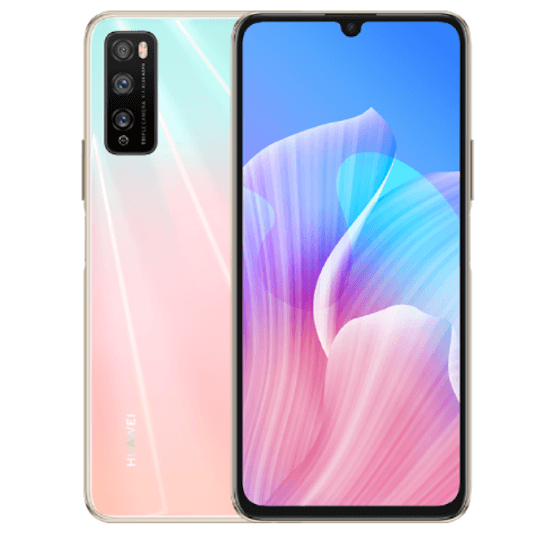
Huawei Enjoy Z 5G Highlights and Overview
Huawei Enjoy Z 5G is currently (May, 2020), the cheapest 5G smartphone from Huawei. The device benefits from the 5G capabilities of Dimensity 800 CPU from Mediatek, the same chip used in the OPPO A92s. It comes in a 6.5-inch FHD+ display with 1080 x 2400 pixels, and has a U-shaped notch overhead.
The Huawei Enjoy Z 5G come with triple rear cameras, which includes a 48-megapixel main shooter with PDAF and f/1.8 aperture, an 8-megapixel ultra-wide lens, and a third 2-megapixel macro snapper, along with a single LED flash. For selfie, there is a single 16-megapixel lens housed in the notch above the display.
Under the hood, there is the aforementioned Cortex-A76 based octa-core Mediatek Dimensity 800 5G Chip clocked at 2.0GHz, along with Mali-G57 MP4 GPU. Memory options include either 6/8 GB RAM with 64/128 GB expandable internal storage on both side.
The Enjoy Z 5G comes with a side-mounted fingerprint scanner, has support for dual Nano-SIM and Bluetooth 5.0. Fuel is supplied by a 4000mAh battery with 22.5W fast charger. The device is available in Breathing Crystal, Midnight Black and Dark Blue colors, and runs on the latest Android 10 underneath EMUI v10.1. Other key specifications and features of the Huawei Enjoy Z 5G are contained in the table below.
Huawei Enjoy Z 5G Full Specifications and Features
NETWORK
| Technology | GSM / HSPA / LTE / 5G |
| 2G Network Bands |
GSM 850 / 900 / 1800 / 1900 - SIM 1 & SIM 2 CDMA 800 & TD-SCDMA |
| 3G Network Bands |
HSDPA 850 / 900 / 1900 / 2100 CDMA2000 1xEV-DO |
| 4G Network Bands | LTE band 1(2100), 3(1800), 4(1700/2100), 5(850), 8(900), 34(2000), 38(2600), 39(1900), 40(2300), 41(2500) |
| 5G Network Bands | 5G band 41(2500), 78(3500); SA/NSA |
| Speed | HSPA 42.2/5.76 Mbps, LTE-A, 5G 4.7/2.5 Gbps |
LAUNCH
| Also Known As |
- - |
BODY
| Dimensions | 160 x 75.3 x 8.4 mm |
| Weight | 182 grams |
| Build |
Glass front - Plastic back - Plastic frame |
| SIM Type | Dual SIM (Nano-SIM, dual stand-by) |
DISPLAY
| Display Type | IPS LCD capacitive touchscreen, 16M colors |
| Size | 6.5 inches, 102.0 cm2 (~84.7% screen-to-body ratio) |
| Resolution | 1080 x 2400 pixels, 20:9 ratio (~405 ppi density) |
PLATFORM
| Operating System | Android 10, EMUI 10.1 with HMS |
| Chipset | MediaTek MT6873V Dimensity 800 5G (7 nm) |
| CPU | Octa-core (4x2.0 GHz Cortex-A76 & 4x2.0 GHz Cortex-A55) |
| GPU | Mali-G57MP4 |
MEMORY
| RAM + ROM | 6/8 GB |
| Card Slot | microSD, up to 256 GB (uses shared SIM slot) |
MAIN CAMERA
| Camera Type | Triple Lenses |
| Camera Sensor(s) | 48 MP + 8 MP + 2 MP Main camera |
| Camera Features |
Autofocus Continuous shooting Digital zoom Geotagging Panorama HDR Touch focus Face detection White balance settings ISO settings Exposure compensation Self-timer Scene mode Flash type - single LED 5-element lens Second sensor: 8 MP, f/2.2, 13mm (ultrawide), 1/3.2", 1.4µm Third Sensor: 2 MP B/W, f/2.4, 1/5", 1.75µm |
| Video Resolution | 2160p@30fps, 1080p@30/60fps; gyro-EIS, OIS |
SELFIE CAMERA
| Camera Type | Single Lens |
| Camera Sensor(s) | 16 MP front facing Camera |
| Camera Features |
FaceID, HDR, 3D AI face Beauty Display Flash Panorama Scene recognition |
| Video Resolution | 1080p@30fps |
SOUND
| Loudspeaker | Yes |
| Speaker Location | Chin, below display |
| Audio Jack Type | Yes, 3.5mm audio jack |
CONNECTIVITY
| Bluetooth | Bluetooth 5.0, A2DP, LE |
| NFC | |
| GPS | Yes, with A-GPS, GLONASS, GALILEO, BDS |
| FM Radio | Yes |
BATTERY
| Battery Capacity | Non-removable Li-Po 4000 mAh battery |
| Wireless Charging | No |
| Talk Time Talk Time is the longest time that a single battery charge will last when you are constantly talking on the phone under perfect conditions, Ambient temperature and highly dependent on the cellular network environment such as the distance to the closest cell network tower. | Up to 43 hours |
| Stand-by | Up to 620 hours |
OTHER FEATURES
| Sensors | Fingerprint (side-mounted), accelerometer, proximity, compass |
| Box Contents | Charging Brick / USB cable |
Huawei Enjoy Z 5G User Reviews and Opinions
Comments 1
Leave a Reply
Disclaimer Note
This specification was entered manually, hence we CANNOT guarantee 100% accuracy. Any error? Let us know in the comment section.










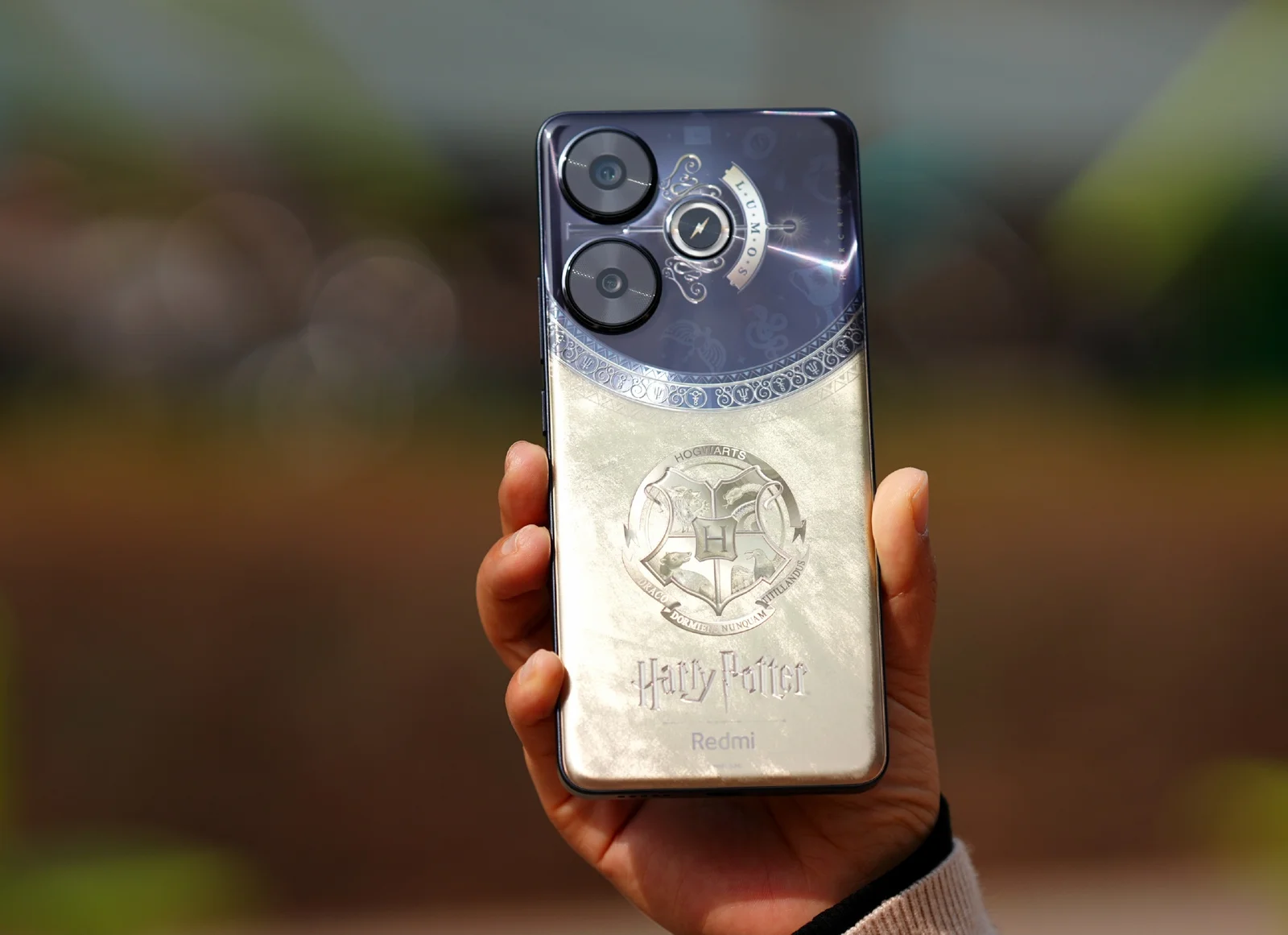
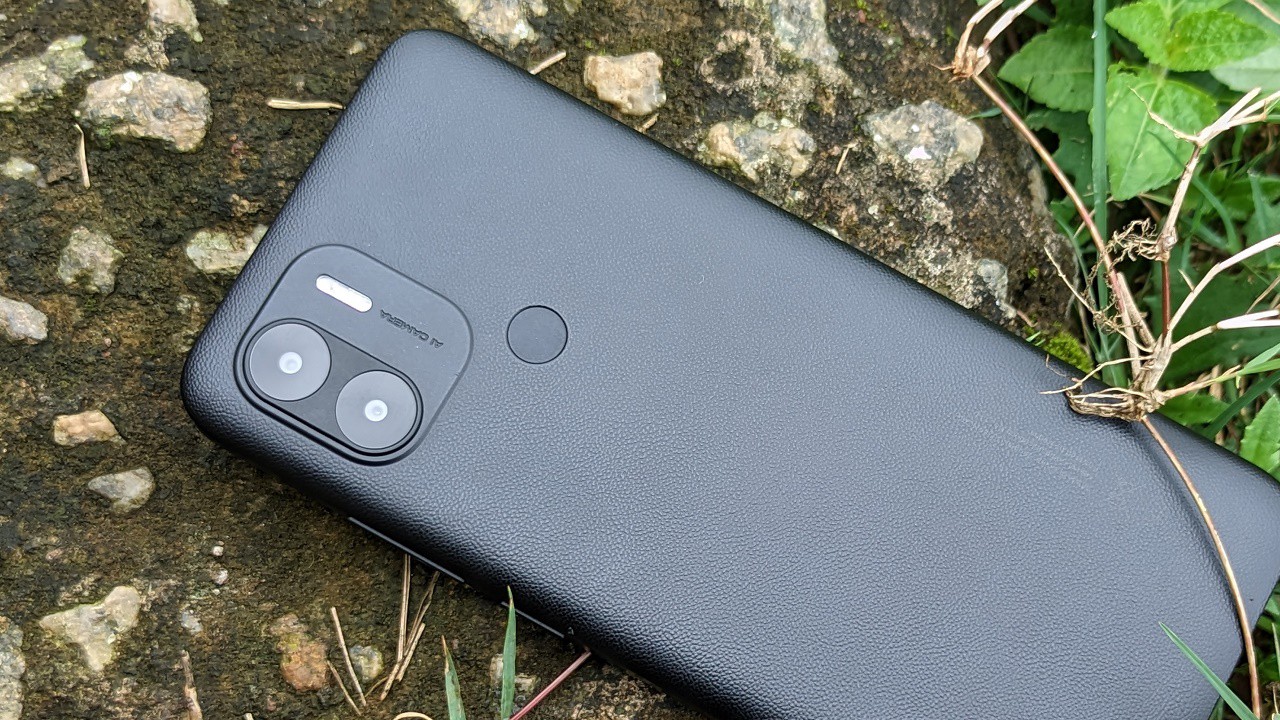
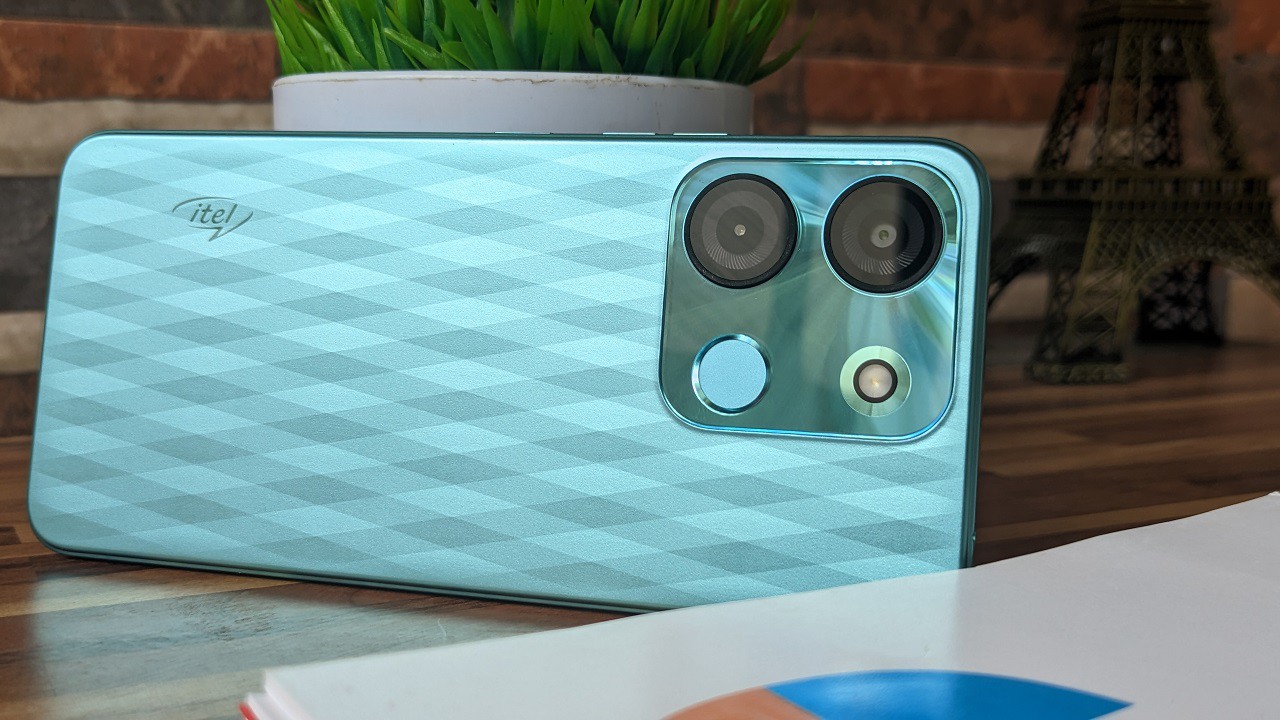
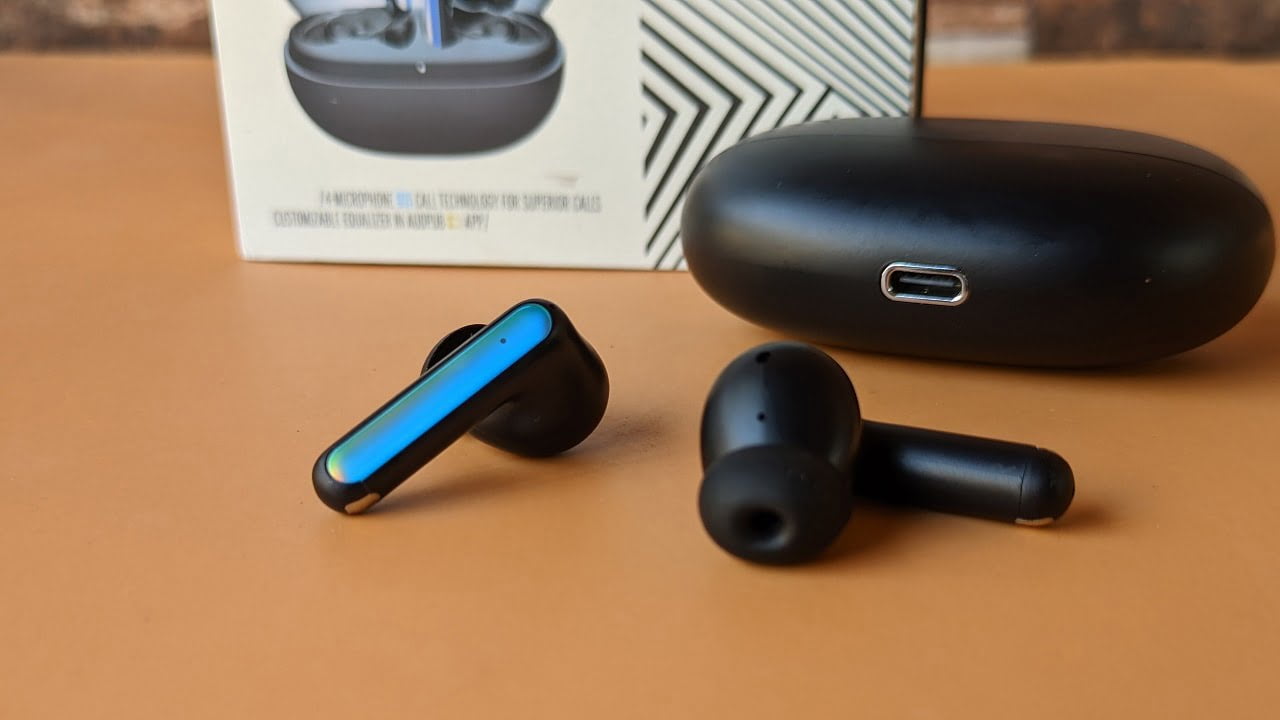
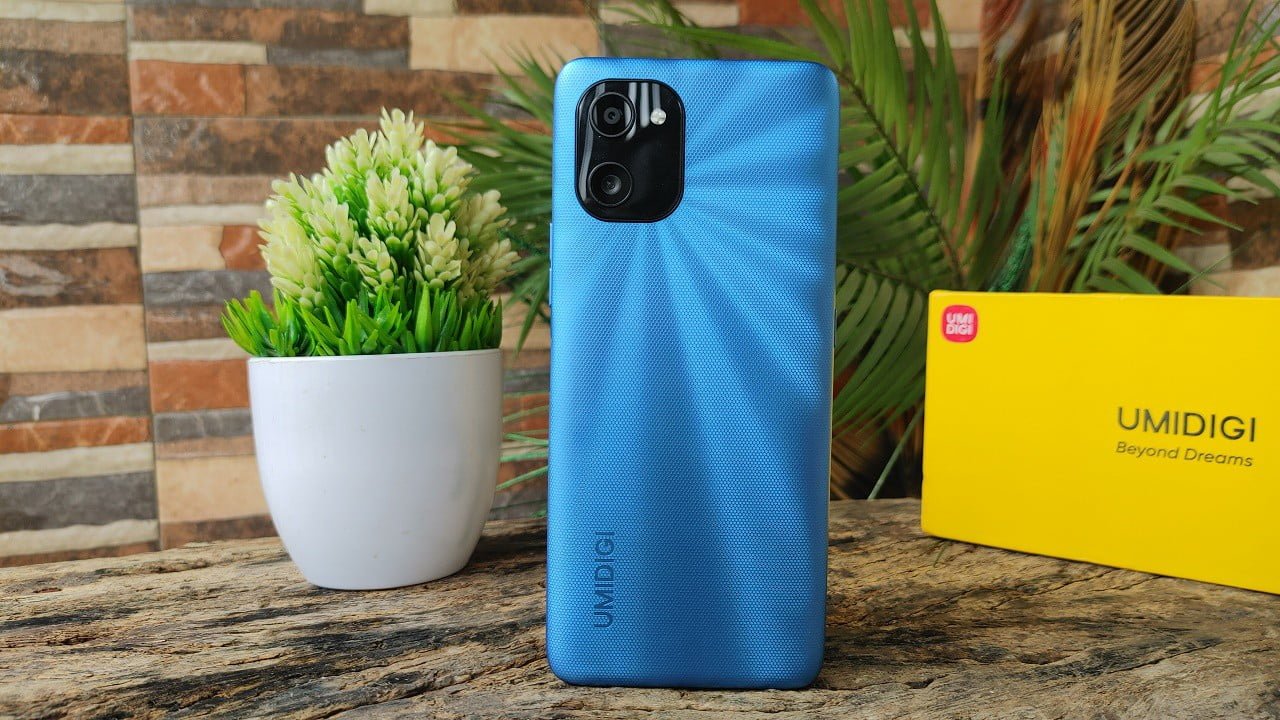
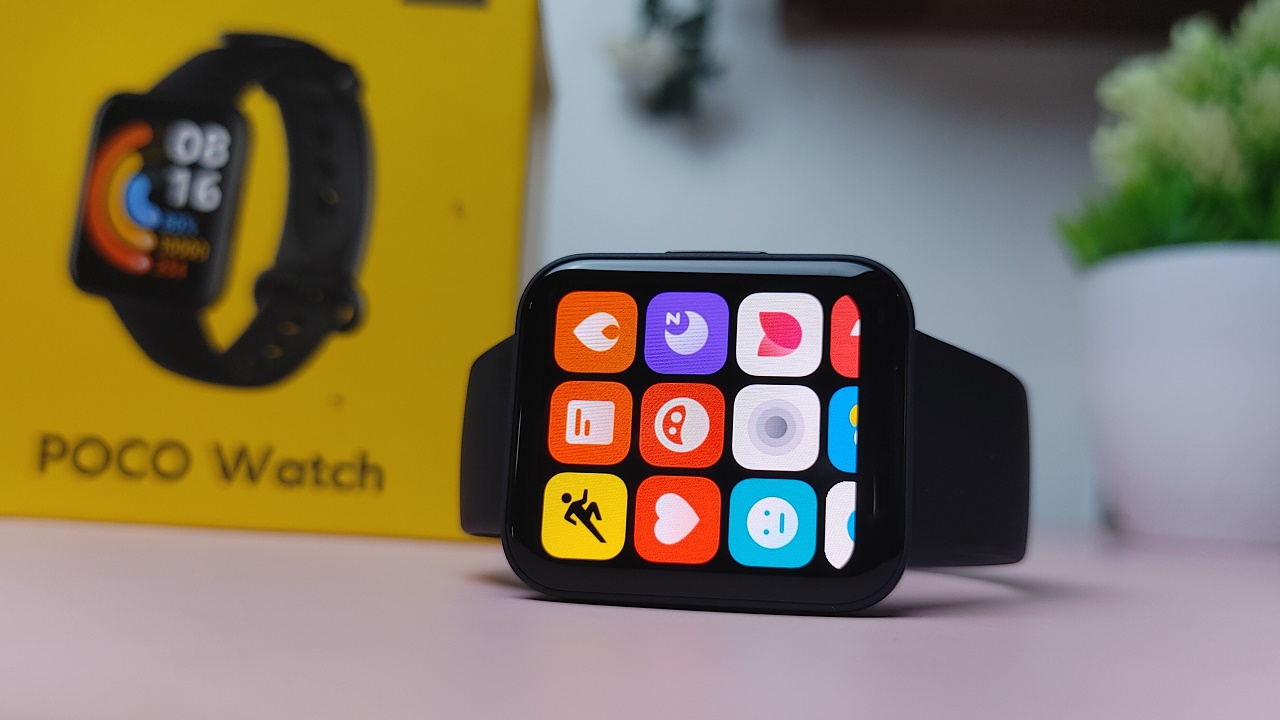
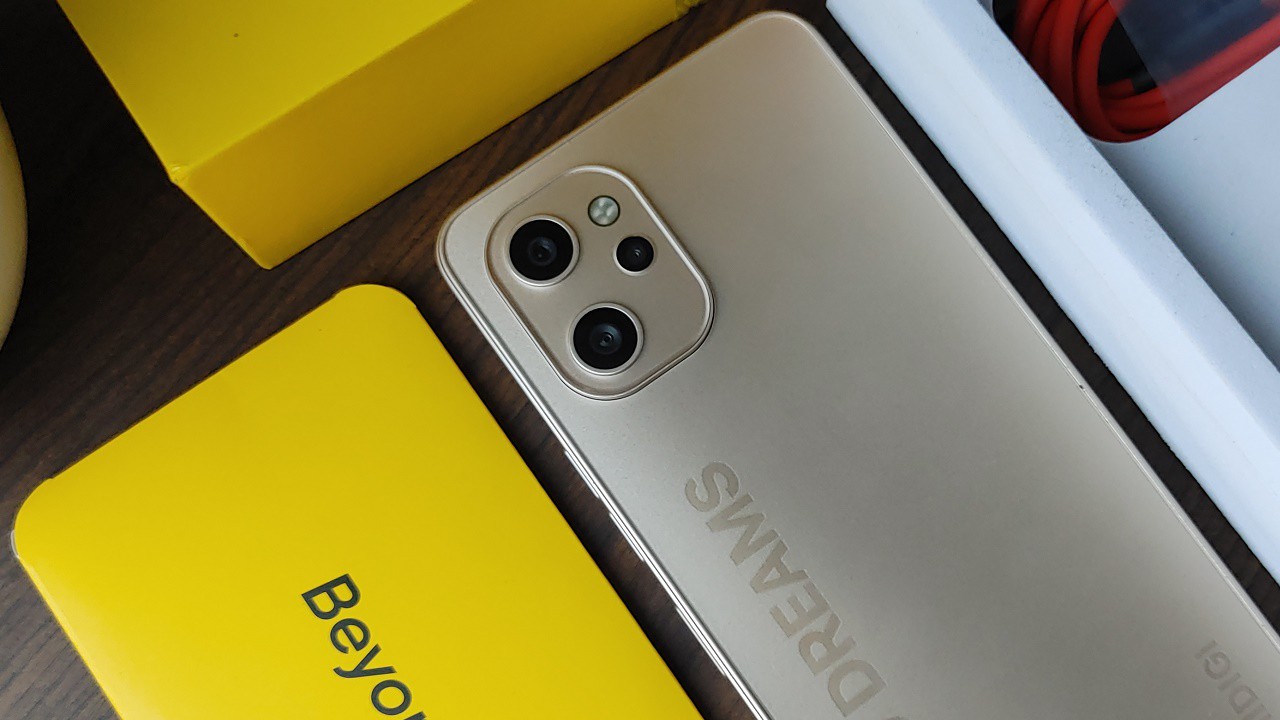
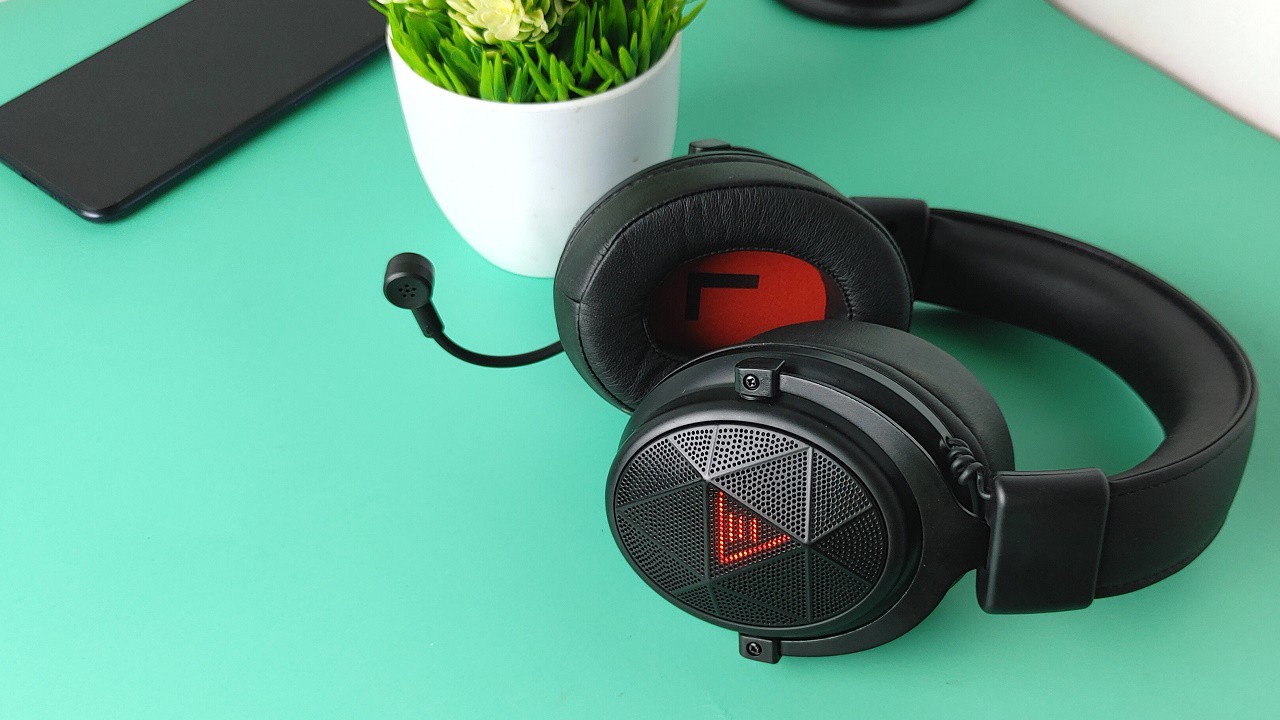
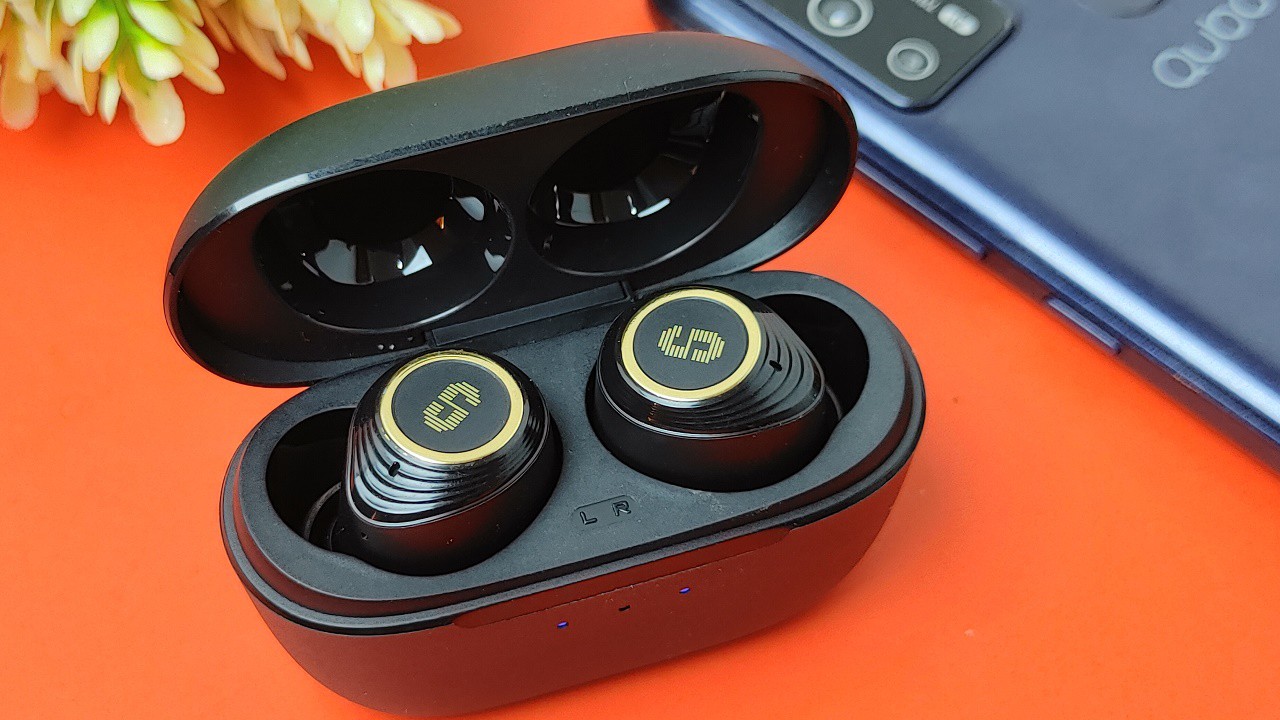
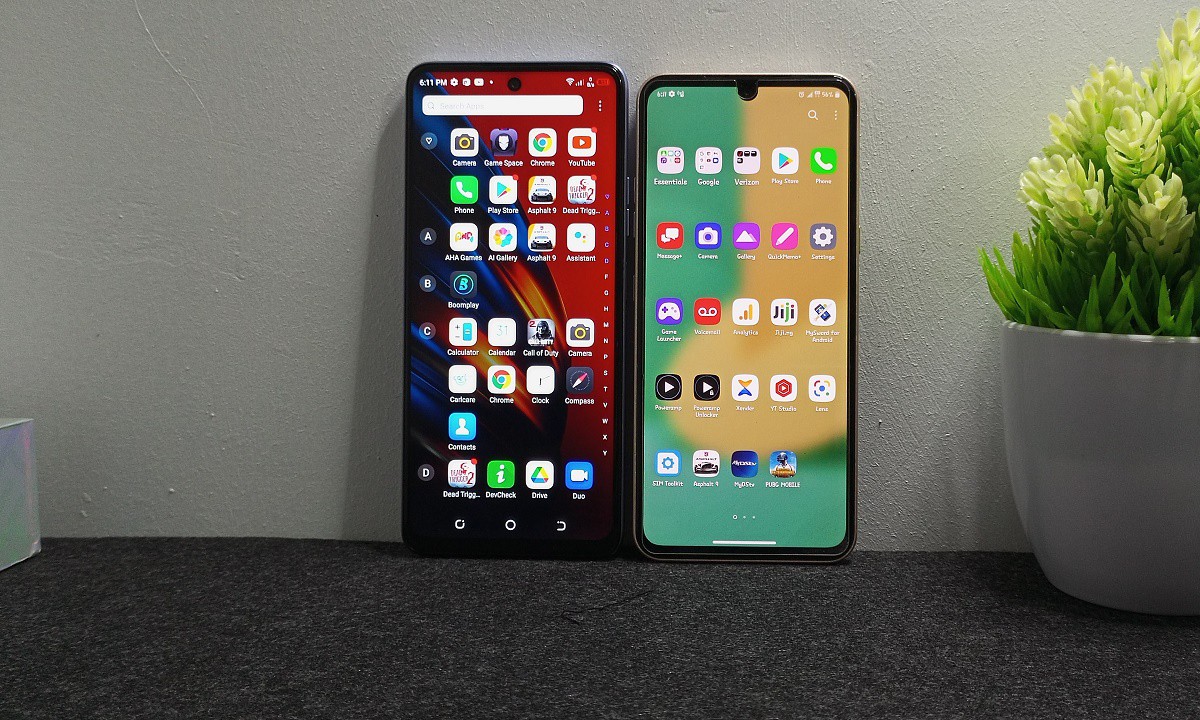

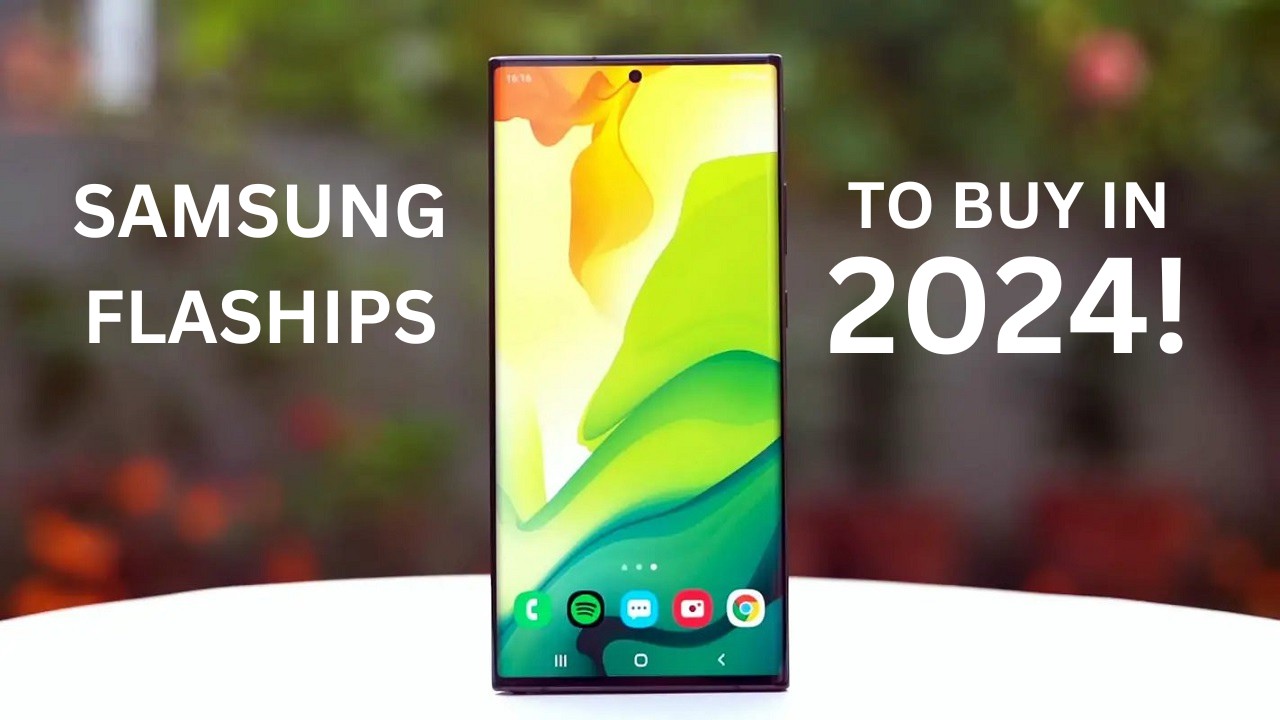
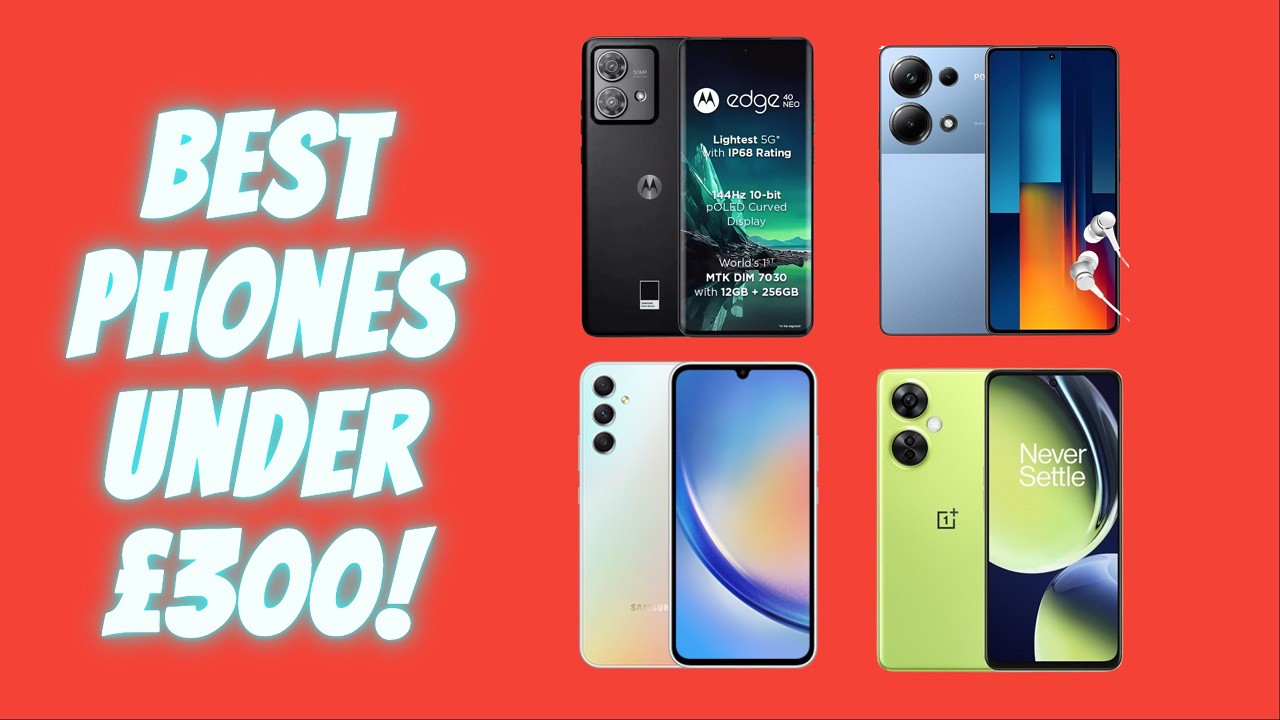

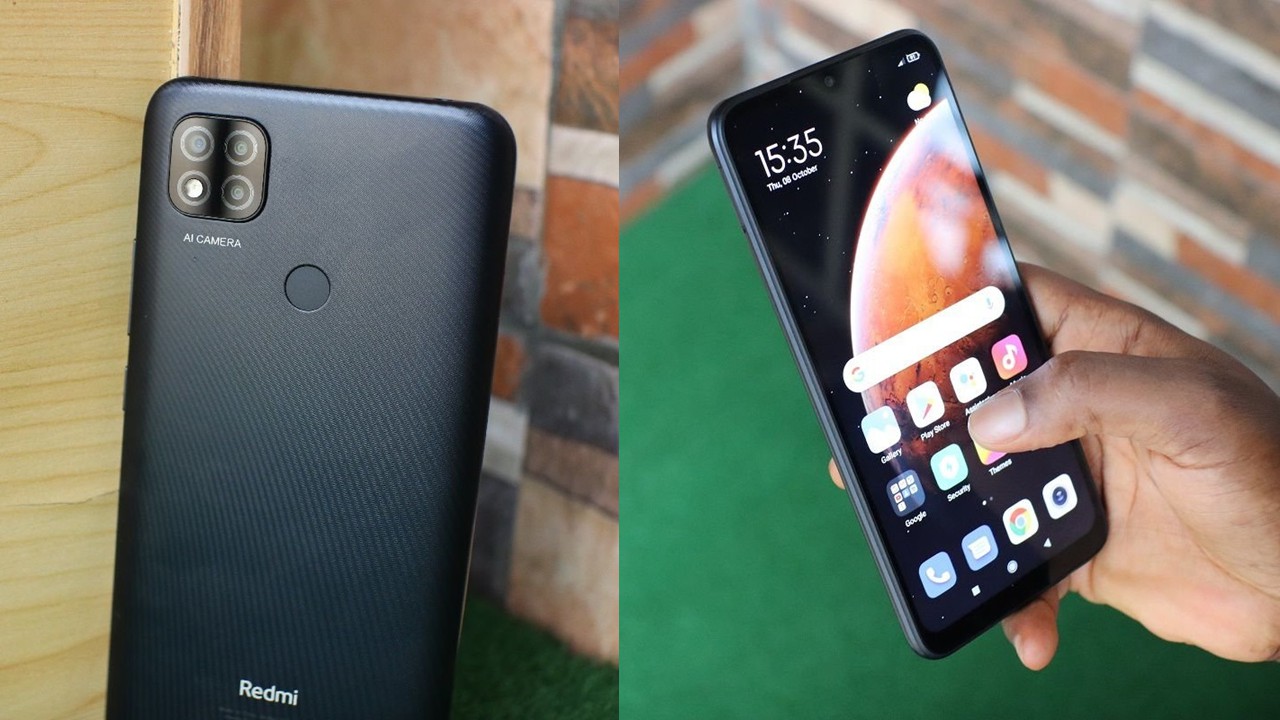
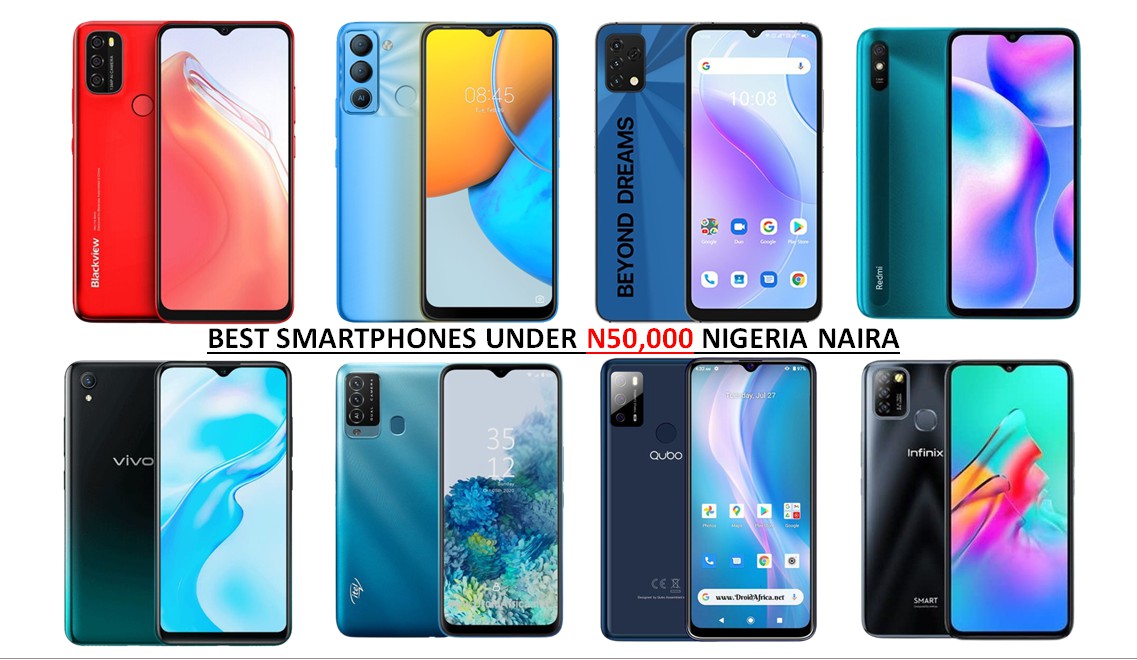
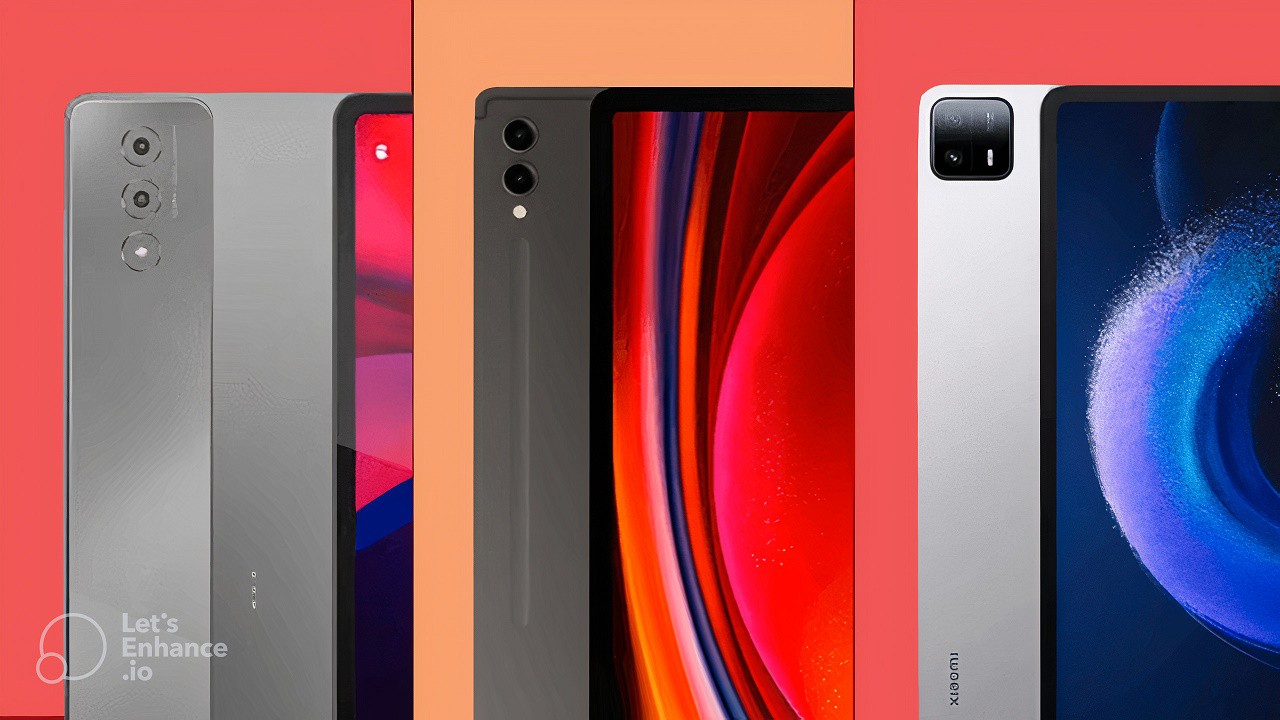
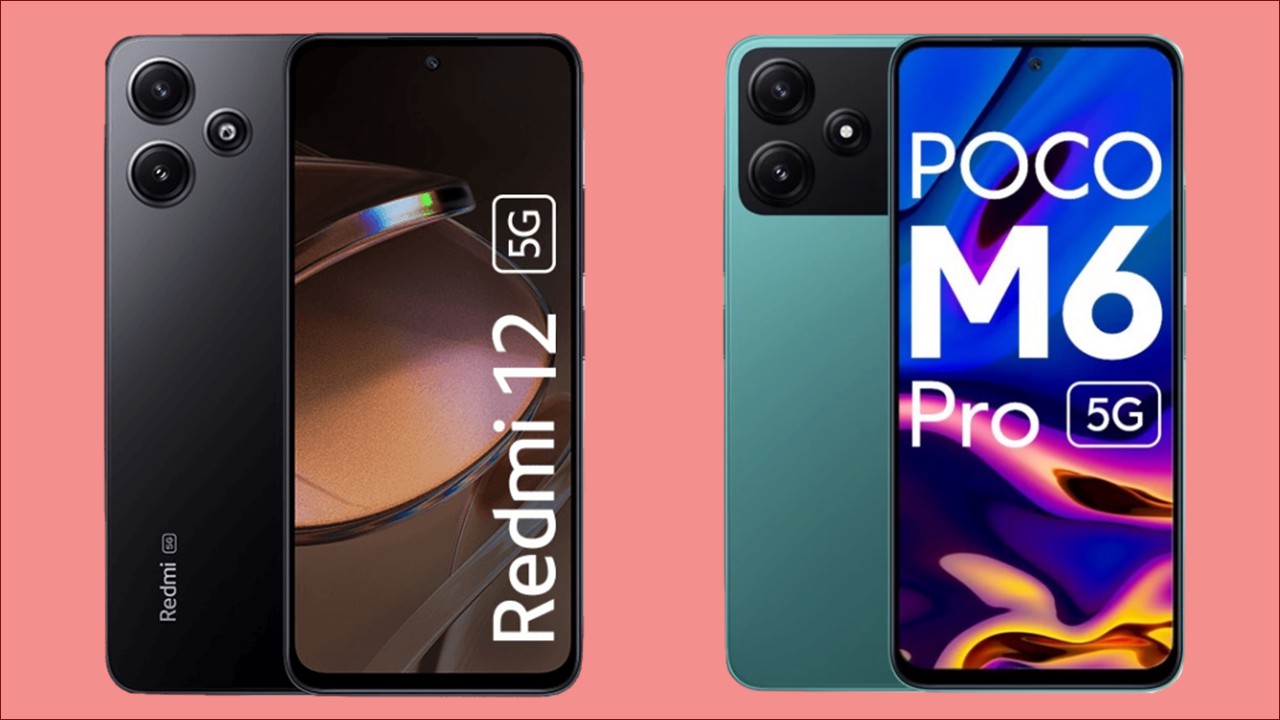
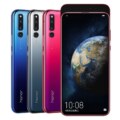
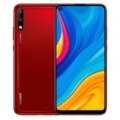
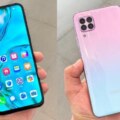
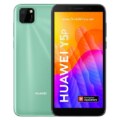
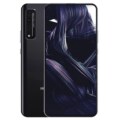
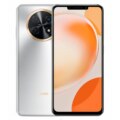
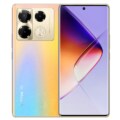
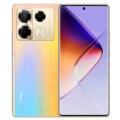
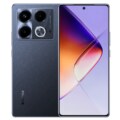
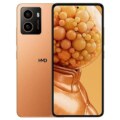
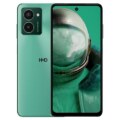


Where are you located in Zimbabwe